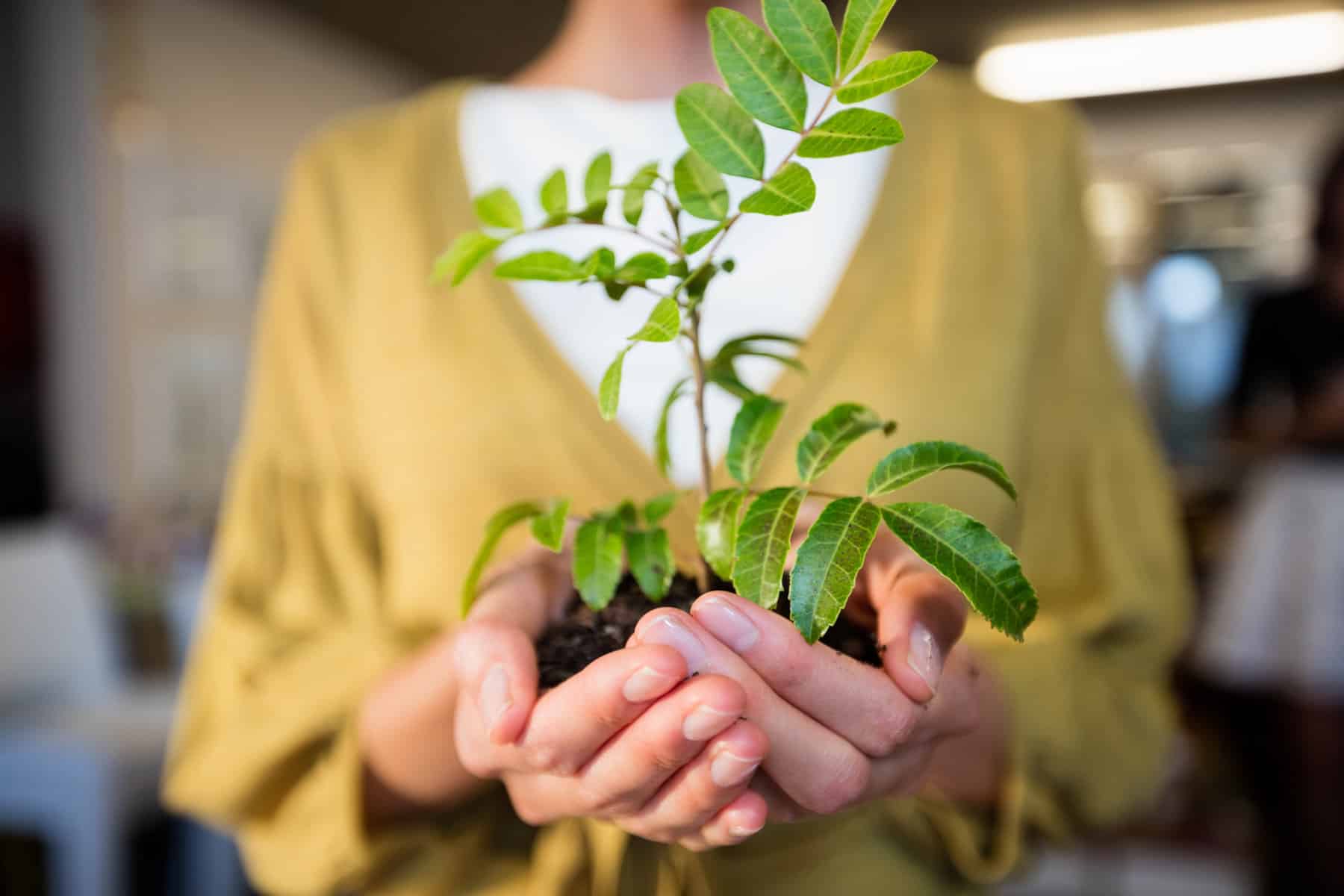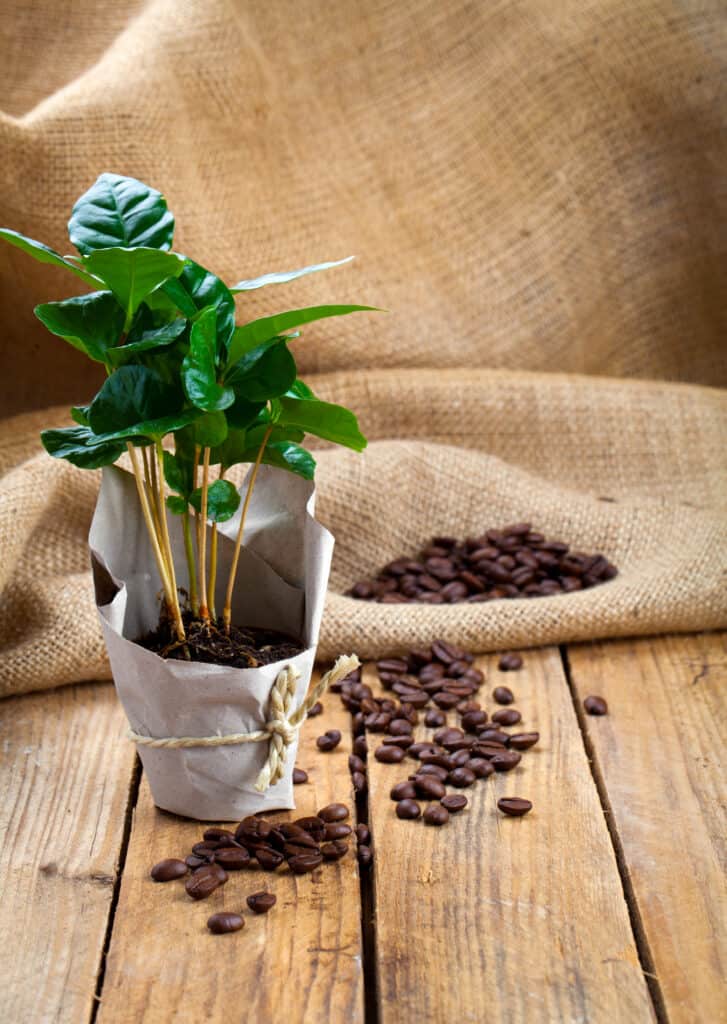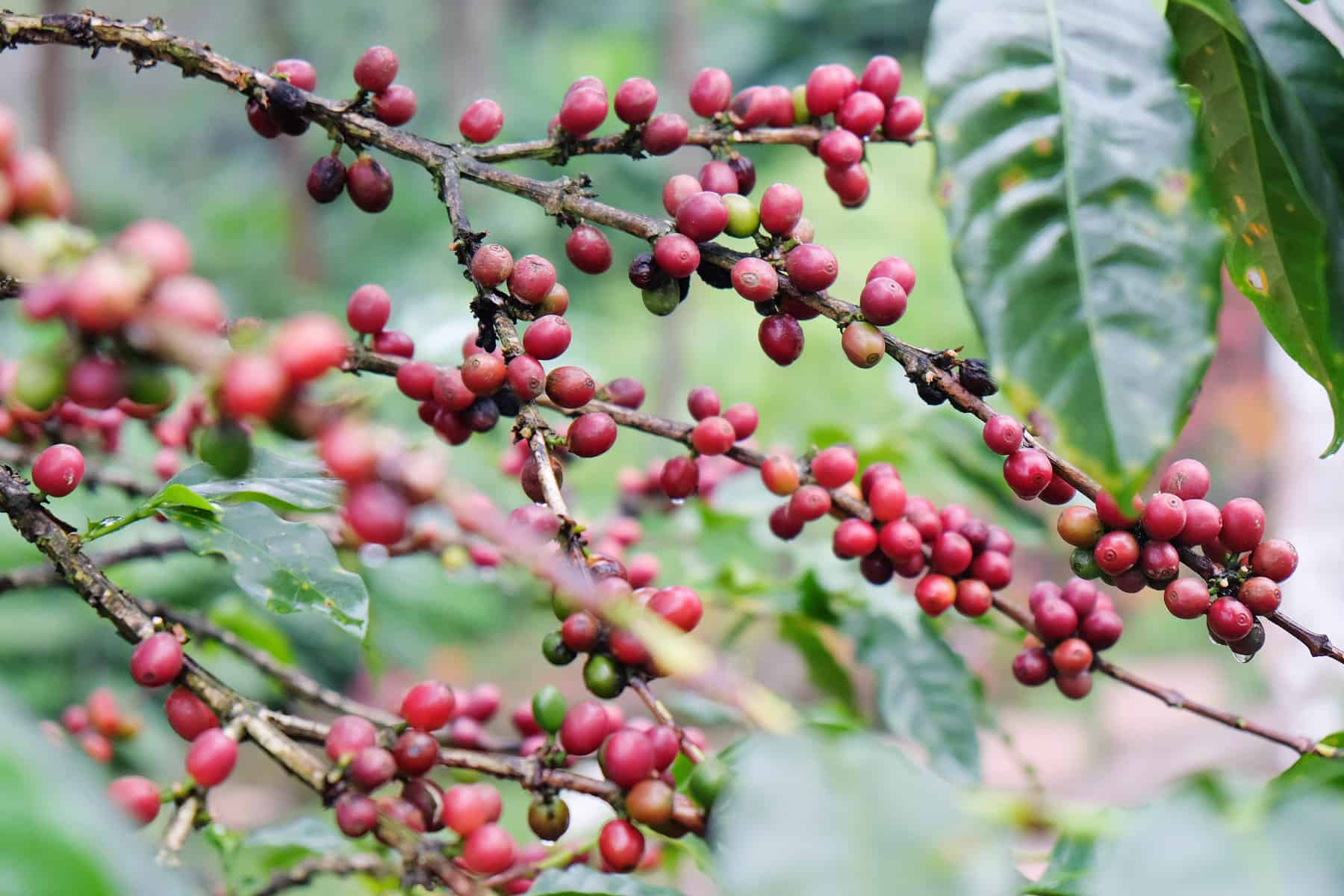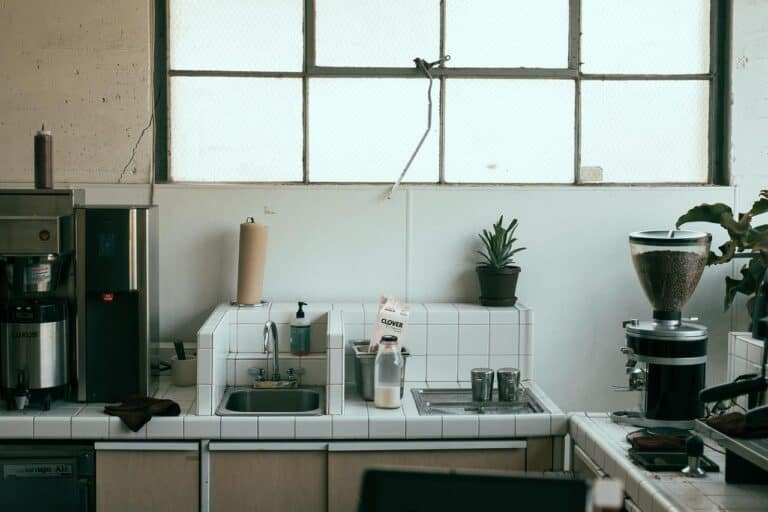how long do coffee plants take to grow?

If you’re wondering how long coffee plants take to grow, then this article is for you! Growing your own coffee beans might sound like a daunting task, but with a little bit of patience and a lot of care, it can be simple too.
Let us explain… Many factors influence the growth rate of your plant. These include genetics, soil quality, type and quantity of nutrients, light exposure and its intensity as well as the date of planting.
It is not uncommon for most plants to have their peak period. There are many factors that influence the growth rate of your plant. These include genetics, soil quality, type and quantity of nutrients, light exposure and its intensity as well as the date of planting.
It is not uncommon for most plants to have their peak period between June and October in any given year since this is when they naturally shed their leaves.
If you want to know how long it takes to grow coffee plants from seedling through harvest ready stage then keep reading further…
What are coffee plants?
Coffee plants are known for providing a strong, black bean that is rich in caffeine. The plant’s leaves are dark green and produce a fragrant smell when crushed.
They grow to be about two feet tall, with the average height being around 20-26 inches. To grow coffee plants at home, you need to purchase your seeds from a reputable company.
Make sure that you get the seeds from the same seed breeders who sell them commercially because they will also have a variety of different varieties available for sale.
It is recommended that you pick between 60-65 days after flowering for your first batch of beans and allow it about 100 days until harvest time.
Once your plants start to sprout through their root system then it’s up to you!

How long do coffee plants take to grow from seedling to harvest ready?
The time it takes to grow coffee plants from seedling to harvest ready is dependent on the size of your plant. It usually takes between three and four months.
Factors affecting the growth rate of coffee plants
One of the most important factors to consider is your coffee plant’s genetics.
This will determine the speed at which your coffee plants grow and how many flowers they produce during a given time period.
Another factor that influences the growth of your coffee plants is soil quality. Soil quality includes pH, moisture, solubility, and erosion potential.
Coffee plants are known to grow best in high nitrogen levels of soil which is not found in acidic soils because this would cause problems with nutrient uptake. Soil also needs to be composed of 70 percent or more clay, humus, and organic matter in order to provide proper nutrition for the plant.
Another aspect that will affect the growth rate of your plant is light exposure since it has been shown that plants need 12 hours of sunlight every day in order to thrive.
This means that you should set up a way to provide your plants with a direct sun-facing window or outdoor planting area so they can be exposed to these conditions throughout their life span.
The intensity of light exposure varies from low light levels when it’s cloudy out and high light levels during daytime hours when the sun is shining brightly on it. This variability can affect how fast or slowly your plant grows throughout its life cycle as well as influence the germination rate (the percentage of seeds that sprout).
The date you choose to transplant your seed depends on what stage you want to get from them and how long it take for coffee plants to grow from seedling through harvest ready stage.

Types of Coffee Seeds You Can Grow Yourself
One of the most common questions asked about coffee beans is how long it takes to grow coffee plants from seedling through harvest ready stage.
The answer is 8-12 months which may seem like a long time, but that’s only if you start with planting your own seeds.
If you buy your seeds then you could potentially have them in their peak season in as little as 4-5 months. There are many benefits to growing your own coffee beans, including knowing what’s in the soil that your beans are grown in and the mild flavor profile that is unique to locally grown coffee beans.
It also allows you to decide what size you want your plants to be before they get too big. There are three different types of plants that can be used for growing coffee: dwarf varieties, tree varieties, and bush varieties which all vary in height and yield.
There are many benefits to growing your own coffee beans, including knowing what’s in the soil that your beans are grown in and the mild flavor profile that is unique to locally grown coffee beans. It also allows you to decide what size you want your plants to be before they get too big.
Conclusion
Coffee plants grow from seed to harvest in about two years, with the first harvest about a year and a half after planting.
They grow in stages and mature at different rates. Some factors that may affect how long it takes for a coffee plant to grow include the type of soil and climate.
FAQs
How do you determine when your plant’s growth peak has arrived?
It is difficult to predict the maturity of plants but here are some hints to help you know.
It is better to give fewer plants as they take a longer time to become mature.
- When a plant is just a sprout and not more than half an inch in diameter, the top leaves will be the same size as the bottom ones. After it grows more leaves, the size difference between the upper and lower ones will be more.
- If you tap the stem near a leaf node on a young plant, it will sound hollow. As it gets older, it will sound solid with no space in between.
- The color of coffee seedlings bruise yellow/ green at harvest time and becomes pale brown over time.
What are some tips for growing coffee beans successfully?
First, choose a disease-free and well-drained area for growing your coffee plants.
Second, prepare the planting media by mixing well: peat moss, agar, vermiculite, and perlite. Third, either pot your young seedlings or grow them in a greenhouse. Try to space your plants at least 12-15 inches (30-40 cm) apart.
Fourth, provide them with bright light but avoid direct sunlight. Keep the watering should be moderate.
Fifth, be patient! Don’t expect to see any growth from day one because the plant is mostly dormant at this time.
Keep the soil moist but not soggy and fertilize regularly with bud dry flower food.






One Comment